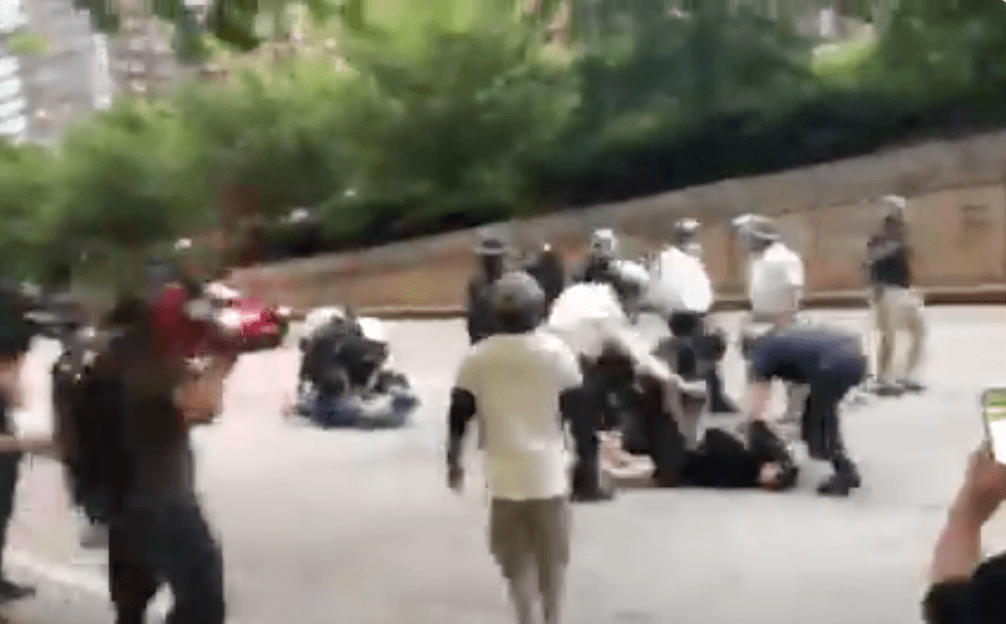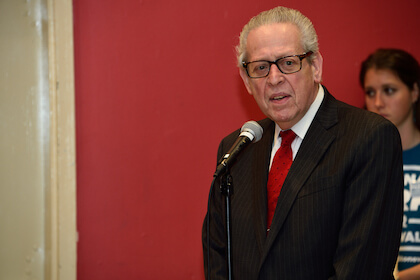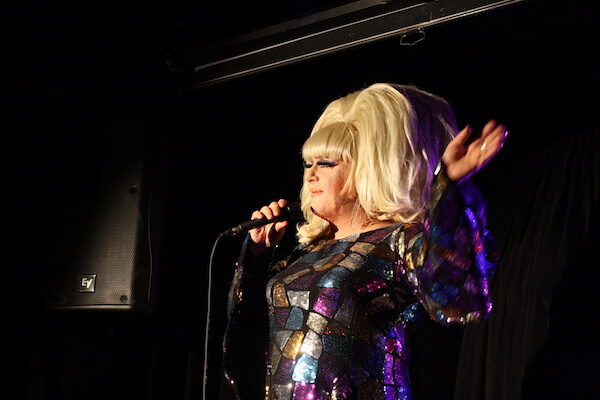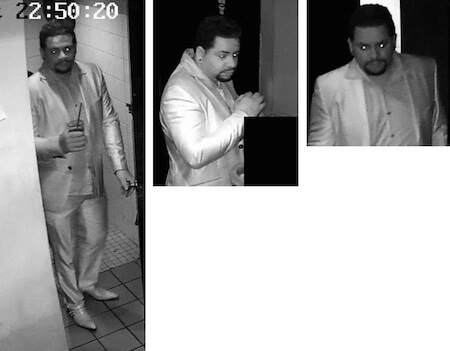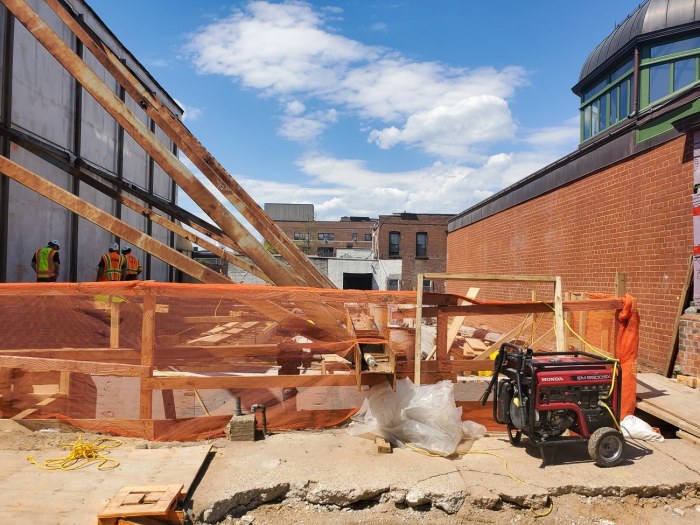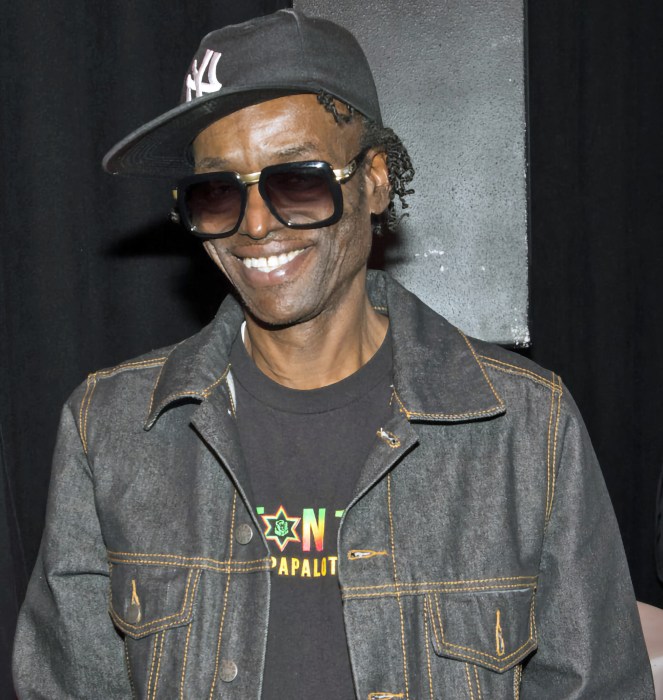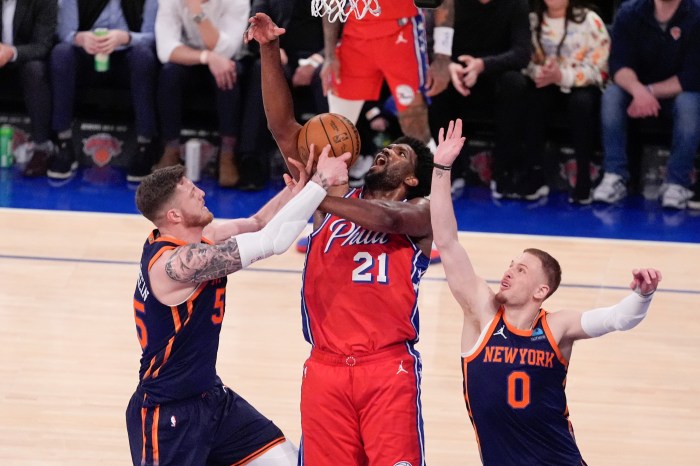While it has been apparent that Mayor Bill de Blasio was closely following the New York City protests responding to the police killing of George Floyd in Minneapolis since they began, he told the press that he approved the more aggressive tactics the NYPD started using against peaceful protestors on June 2.
“I approved the broad strategies and sometimes very specific choices,” de Blasio said during a June 7 press conference.
The city had already banned public gatherings in March in response to the COVID-19 outbreak, but following Floyd’s death on May 25, protests, largely peaceful, began on New York City streets and the mayor generally expressed sympathy for and even solidarity with the marchers.
At June 7 presser, de Blasio acknowledges he approved specific police tactics, including use of batons
On May 30 and 31 and June 1, the city saw looting by what appeared to be organized criminal groups and some general mayhem by people who have typically been described as anarchists. The peaceful protests also continued. On June 1, the city implemented an 11 p.m. to 5 a.m. curfew on that day and then an 8 p.m. to 5 a.m. curfew on the followings days until it was lifted entirely on June 7.
June 2 marked the beginning of more aggressive tactics wielded against peaceful protestors as the NYPD enforced the 8 p.m. curfew. Typically, police would corral a march by placing lines of officers behind and in front of participants. Officers then made arrests.
Marti Gould Cummings, a drag performer and a candidate for City Council, was with a group that had attended a June 2 vigil at the Stonewall Inn then marched to Union Square. Cummings was arrested on the route. Video of the arrest shows Cummings being thrown to the street and surrounded by police. Cummings suffered a concussion.
“The mayor is not fit to serve office and must resign,” Cummings wrote in a statement. “His inaction that kept Eric Garner’s murderer on the force, his lack of leadership, and his allowing the NYPD to inflict violence on peaceful protestors is abhorrent and morally wrong. He should be ashamed.”
Jason Rosenberg, a member of ACT UP and other activist groups, was also marching following the June 2 vigil at the Stonewall. At his arrest, Rosenberg, who did not respond to an email seeking comment, had a wound opened on the top of his skull, most likely from a police baton, that required nine staples to close and a dislocation or fracture to his arm.
“We were peacefully protesting near The New School either 13th and Fifth or 14th and Fifth and we started to see some escalation,” Rosenberg said in a video he posted on Twitter. “A lot of us linked arms in solidarity and in civil disobedience…We were all thrown to the ground. I was beaten on all sides.”
These more aggressive police tactics received wider and sustained attention after video appeared of police charging crowds of protestors and striking them with batons in Brooklyn’s Cadman Plaza and in the Union Square area on June 3 after curfew and into the early morning on June 4.
There is no evidence that City Hall was monitoring the police action where Cummings and Rosenberg were injured, but the mayor or City Hall staff have kept a close eye on many other protests, and the mayor has referred to the many daily calls he has had with Dermot Shea, the police commissioner, and other senior NYPD officers. Among the tactics he appears to have approved is the use of batons.
“I think baton usage should be minimal,” the mayor said on June 7.
Late on June 2 or early on June 3, police had corralled a group of protestors on the Manhattan Bridge. The protestors turned around and went back to Brooklyn after negotiating with the NYPD. The mayor was watching from nearby.
“So I was observing the situation at the Manhattan Bridge from a site very nearby and talking it through with Commissioner Shea and I think it was the right decision to say there’s a curfew,” the mayor said during his June 3 press conference.
At his June 5 press conference, the mayor disagreed with a reporter’s characterization of police beating peaceful protestors during a march in the Mott Haven section of the Bronx. He relied on “observers from City Hall who saw a very different reality than what you saw. We’re always watching.”
The mayor added, “The plan, and it’s been the same day after day, that if there’s peaceful protest, it is being respected… I’ve been out right in the middle of these protests, watching constantly hundreds or thousands of people going by, I’m watching how they are comporting themselves and how the NYPD is comporting itself.”
The city is likely to face lawsuits from people who were injured during the protests. In prior administrations, police and City Hall have avoided making statements that implicate the NYPD or the mayor in police actions because such statements can become evidence in lawsuits. De Blasio’s statement that the police handling of peaceful protests was done on his instructions and he and his City Hall staff were closely monitoring the protests to, in part, assess compliance with his instructions could expose the city to greater legal liability.
“Most claims are actually individual claims of civil rights violations by an individual officer,” said Michael L. Spiegel, an attorney who has handled multiple lawsuits against the city. “A Monell claim argues that someone in authority did it. Here you have the mayor of the city saying, ‘I approved this,’ so it becomes not just a claim against the individual officer who brought down his baton on someone’s head, but it becomes a claim against the city itself.”
A legal doctrine of qualified immunity is often used to excuse wrongdoing by individual officers, but that doctrine would not excuse the city. Additionally, juries might have less sympathy for the city, which they might perceive as having millions to pay out, than for an individual officer.
“We would argue that the policy is violating an individual’s civil rights,” said Norman Siegel, a civil rights attorney. “If this is a policy, it puts the city of New York in a vulnerable legal posture… We won’t know for many weeks how vulnerable the city is going to be, but my instinct is there will be numerous civil rights lawsuits.”
Shea and the mayor have defended the NYPD’s tactics saying they are protecting peaceful protestors from anarchists and others who infiltrate protests with the intention of committing violence. On June 7, the mayor noted that, unlike many other city police forces, the NYPD had not used rubber bullets, tear gas, or mounted police and the National Guard had not come into the city.
To sign up for the Gay City News email newsletter, visit gaycitynews.com/newsletter.

